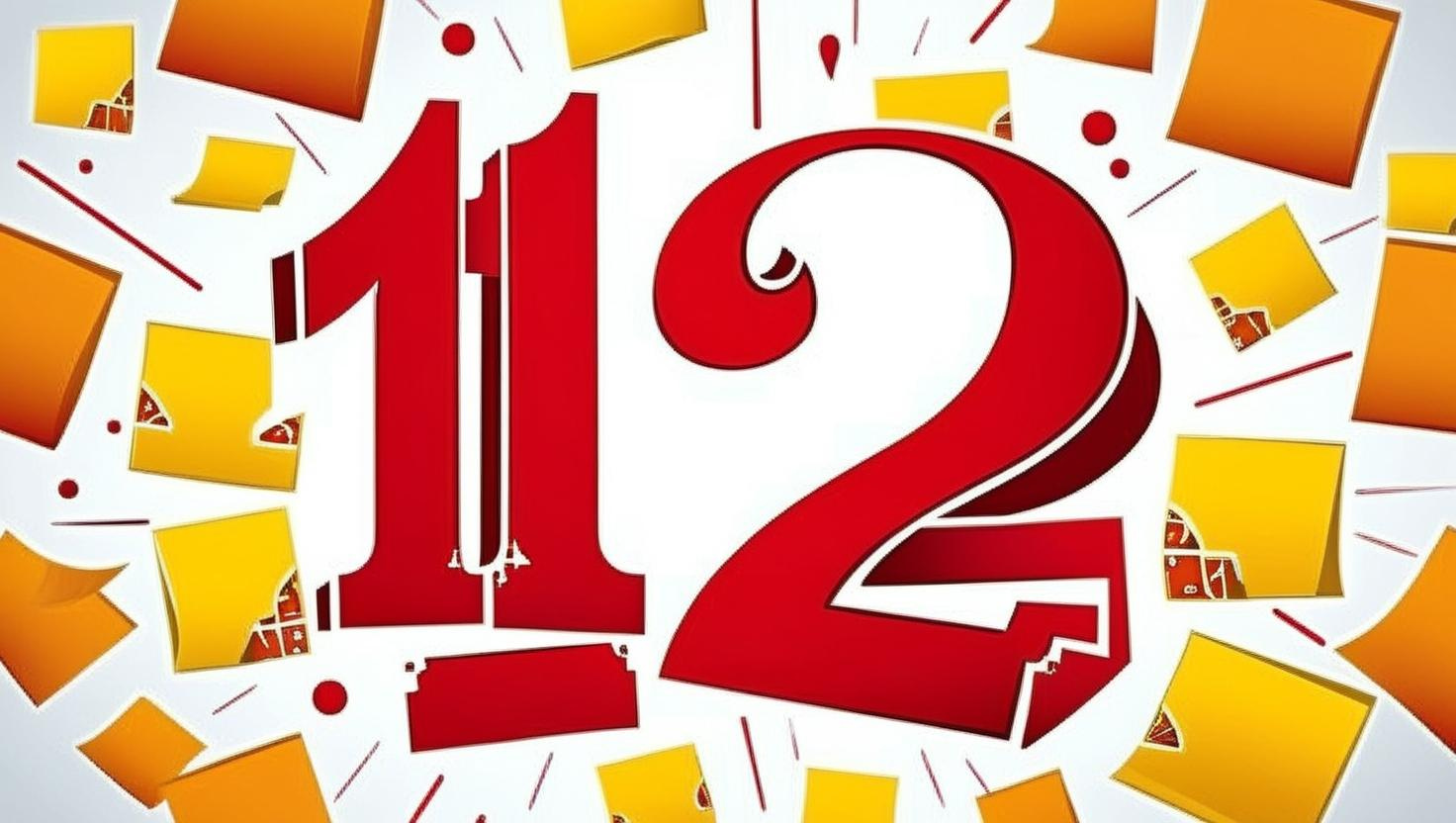Why read this book?
We all struggle with execution at some point in our careers. This becomes especially true when facing complex, wicked problems with no clear solutions. Even routine tasks and projects tend to sprout new complications over time, like a garden overtaken by weeds. Fortunately, by adopting the mindset and strategies in this book, you can transform from stuck to unstoppable. The authors’ research shows that most professionals can double or triple their income by consistently applying what they already know.
“The barrier standing between you and the life you are capable of living is a lack of consistent execution. Effective execution will set you free. It is the path to accomplish the things you desire.”
Moran & Lennington, 12-Week Year
Key Concepts
Embrace shorter timeframes
- Traditional annual planning could be holding you back. While setting yearly goals sounds logical, it often creates a false sense of having “plenty of time.” The result is a lack of urgency that saps momentum. The authors stress that real execution happens daily and weekly. It’s not in ambitious year-end sprints.
Redefine a year to equal four weeks
- Think of it as supercharged quarterly planning. Instead of spreading your focus across 52 weeks, you work in concentrated 12-week sprints. Each “year” ends with a week of reflection, celebration, and planning — just like December, but four times as often.
Narrow your focus
- In a 12-week framework, the system forces you to identify one or two high-impact goals and pursue them with intensity. Each goal breaks down into specific, actionable tactics with clear deadlines and ownership. Complete the tactics and achieve the goals — it’s that straightforward.
Adopt simple practices and habits
- Success hinges on three routines that are essential components of the system:
- weekly reviews and scoring,
- daily time-blocking to set priorities, and
- regular accountability meetings.
Why This Works
- Execution Over Knowledge: Great ideas only create value when executed. The most successful professionals aren’t just planners – they’re doers. Progress beats perfection.
- The Power of Deadlines: We all know how productive we become as deadlines approach. Shortening the planning horizon creates more frequent “productive pressure” points.
- The 85% Rule: Hitting 85% of your planned actions is optimal to achieve your goals. Score higher? You’re playing it safe. Lower? Your plan needs right-sizing.
Conclusion
The 12-Week Year isn’t just another productivity hack — it’s a mindset shift that could transform how you achieve your goals. By compressing your execution cycles, you create the urgency and focus needed to accomplish more in three months than most people do in a year. For busy professionals who want to act on their knowledge, this method offers a practical, structured path.
Implementing this system transformed my relationship with productivity — and increased my free time. The guilt from procrastination and stress from delayed tasks are gone. By forcing tough choices about priorities, I’ve achieved more meaningful goals in the past three months than I once thought possible: fewer distractions, clearer progress, and goals achieved. And you can, too!
Citation: Moran, B. P., & Lennington, M. (2013). The 12 week year: Get more done in 12 weeks than others do in 12 months. John Wiley & Sons.
Resource: 12weekyear.com
Rating (out of 4): 🌟 🌟 🌟 🌟

